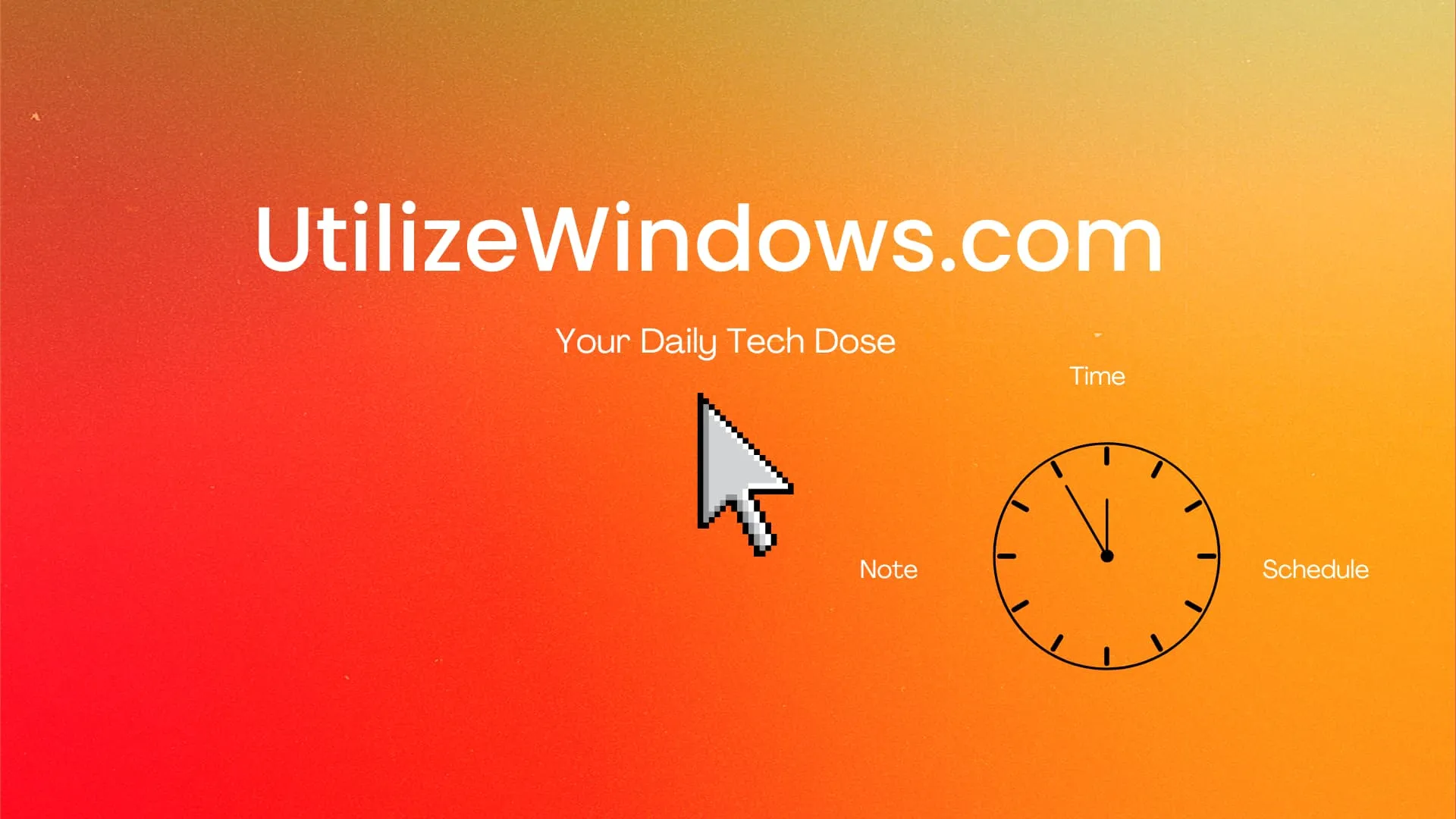Before you start
Objectives: Learn where to find and how to use common troubleshooting tools in Vista.
Prerequisites: no prerequisites.
Key terms: tab, tool, problems, solutions, manager, task, check, diagnostics, memory, option
Task Manager
Task manager is the classic tool used to troubleshoot our computer. To open Task Manager, right-click on the Taskbar and select Task Manager option. In Vista, Task Manager is a bit different then previous versions. We have several new tabs, and some new features. For example, in Processes tab we can now see processes that belong to all users. In this tab we can also end particular process, set its priority, etc. A new tab is the Services tab. This tab lists all services on our system and their status (running or stopped). From this tab we can also go to Services MMC snap-in directly by clicking the “Services” button.
The Performance tab is the same as in previous version of Windows. In this tab we can see current CPU and memory usage. The new thing here is the Resource Monitor button. This button will open up Resource Monitor tool. Resource Monitor will basically give us more detailed information about the performance of our computer. We have a separate article in which we discuss performance issues in Vista.
In Task Manager we can also track network usage on the Networking tab, and see all active users on the Users tab.
Processes Tab in Task Manager
Network Diagnostics Tool
To open this tool we will go to Network and Sharing Center, and click on the “Diagnose and repair” option from the left menu.
Network Diagnostics
Problem Reports and Solutions Tool
This tool can be found in Control Panel > System and Maintenance > Problem Reports and Solutions.
Problem Reporting
As you can see, in our case we don’t have any problems right now. If we had some problems, we could click on the “Check for new solutions” option to check for solutions on the Internet. After we have done that, some new solutions appeared. That’s because we had some problems in the past, and now there are solutions available to those problems.
New Solutions
We can also check the history of problems if we click on the “View problem history”. If we click on the “Change settings” option, we will be able to choose how to check for solutions to computer problems (automatically or not). We can also clear problem history by clicking on the “Clear solution and problem history” option.
Windows Memory Diagnostics Tool
To run this tool we can simply enter “Memory Diagnostics Tool” in search menu. We can use this tool to check for hardware errors in our RAM.
Memory Diagnostics
We can choose to reboot our computer immediately and then scan our memory, or we can choose to check for problems the next time we start our computer
